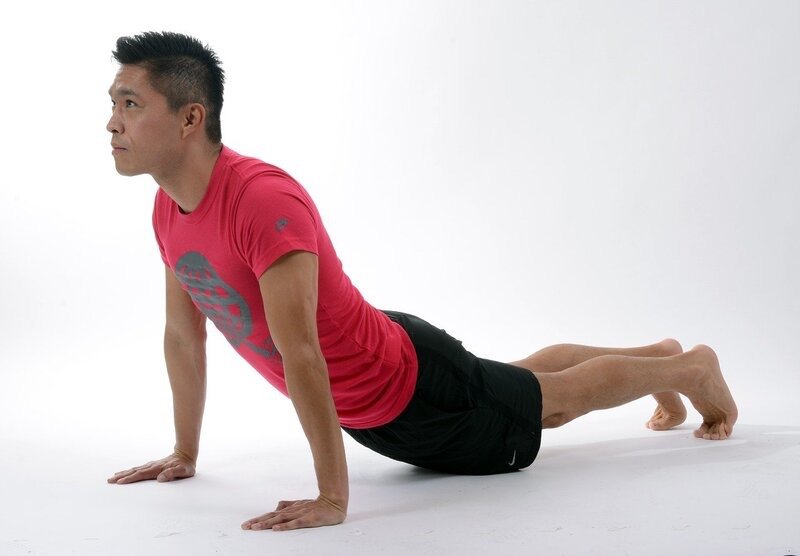The recovery time that you need following an injury will vary according to a number of different factors. One of the key issues that will determine how quickly you get back to your best is the way that you carry out exercises. What are the best exercises to try and what else do you need to take into account?

Listen to the Medical Advice
Your doctor will advise you on what kinds of exercise is safe to do and when. For some people, the temptation is to rush back and start working out before their body is ready for it. Others will take it too slowly and risk delaying their recovery by not exercising when they should be doing so.
Your best move is to ask your doctor for clear advice on when to start exercising and what you can do. It is then up to you to follow their advice, even if your natural instinct is to go faster. If you feel that the advice the doctor has given isn’t right for you, then it makes sense to look for a second opinion from another medical expert rather than going it alone.
A major reason for rushing back is financial need, as you might feel that exercising sooner will help you return to work earlier. You could look into recovering your expenses through the personal injury claims process, to reduce this need. These claims apply when a third party caused the injury due to negligence. You generally have up to two years after realizing you have been injured in which to start the claim.
Another reason for rushing back into your old exercise routine is, well, for the routine. If you’re a naturally active person, it can be difficult taking it slow and building up when you’re used to a fast pace. If you fall into this category, there are a few gentle but fulfilling types of workouts you can do.
Swimming for Various Muscle Groups
In many cases, swimming is one of the first things that is recommended for someone who is on the road to recovery, as it doesn’t put any great amount of strain on your body. You might think this is a type of exercise used mainly for losing weight or maintaining general fitness levels, but it is actually great for building lots of different muscles too.
The fact that water is denser than air means that swimming is a good workout that can strengthen areas such as the forearms, upper back, and core abdominal muscles. It is about as close to a full-body workout as you can get, so it is a good option if you want to work on various muscle groups at once but in a gentler, less taxing way.
Be Careful with Weight Training
A general rule when returning to weight training is that you need to take the same amount of time to return to your routine that you lost through injury. So, if you were away from the gym for three weeks, you will probably need another three weeks to build up to your normal routine once again.
It is also important to remember that you shouldn’t overdo it at the start. It is easy to get carried away when returning to the gym. You might be anxious to make up for lost time and you will probably also be feeling fresh after the time away. But you run the risk of doing some damage if you lift more than you should or spend too long with the weights.

Yoga Can Work Well to Help with Chronic Pain
Yoga is another type of exercise that isn’t commonly associated with building muscle. However, it is worth remembering that you are using your own weight as resistance in these workouts, which is one of the most effective ways of gaining muscles. Yoga also gives you longer muscles and can be adapted to target specific areas such as legs, arms, or core muscles.
Following an injury, yoga is one of the safest kinds of exercise to try. It helps to increase your range of motion and a lot of people who have taken part in various studies have found it useful in reducing chronic pain such as back pain. This can make it an important element of your routine if you fear that the injury might have lasting consequences.
By using the right types of exercise, you can make sure that your return to working out is as safe as possible, and that you carry on building muscle in a sustainable way.



